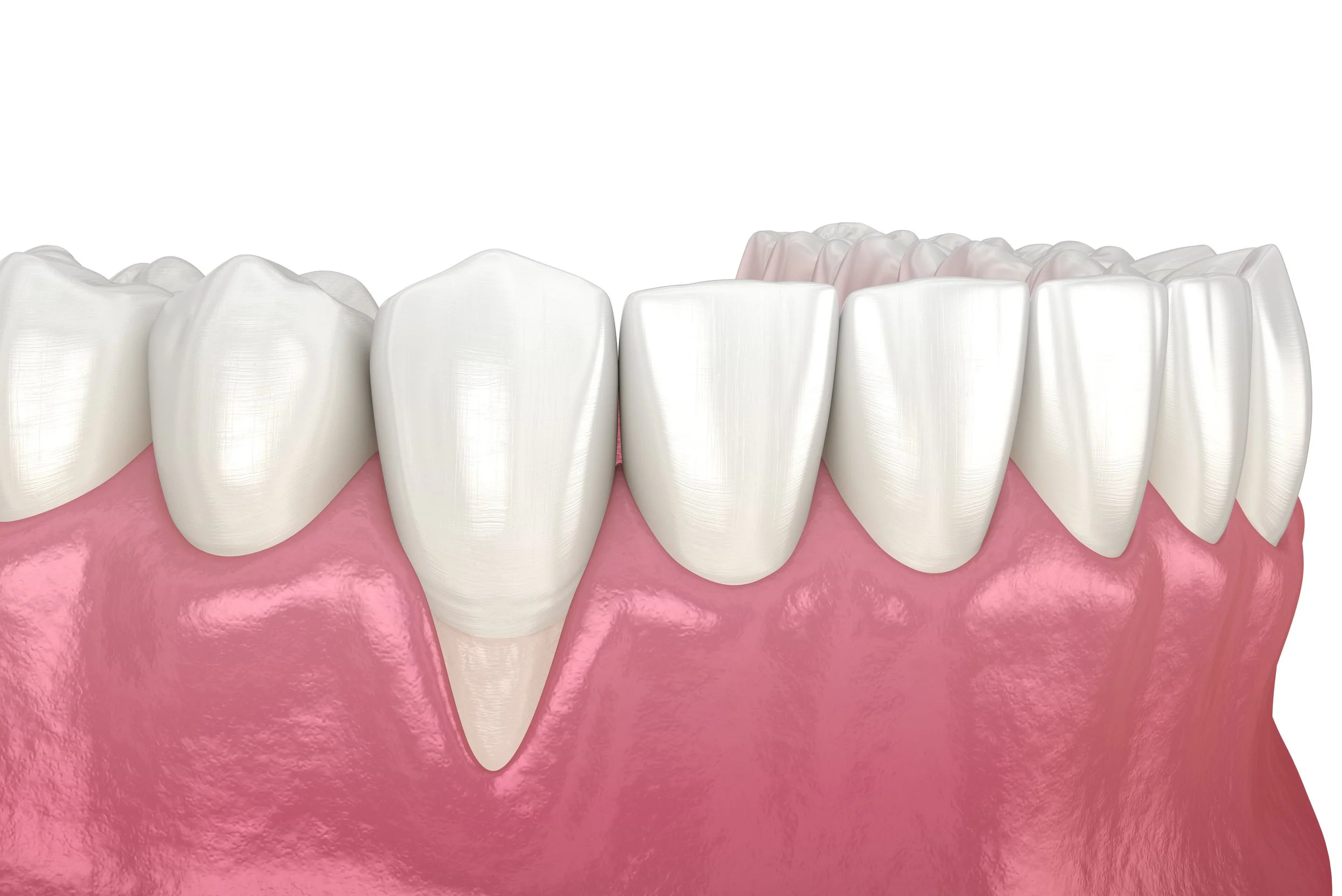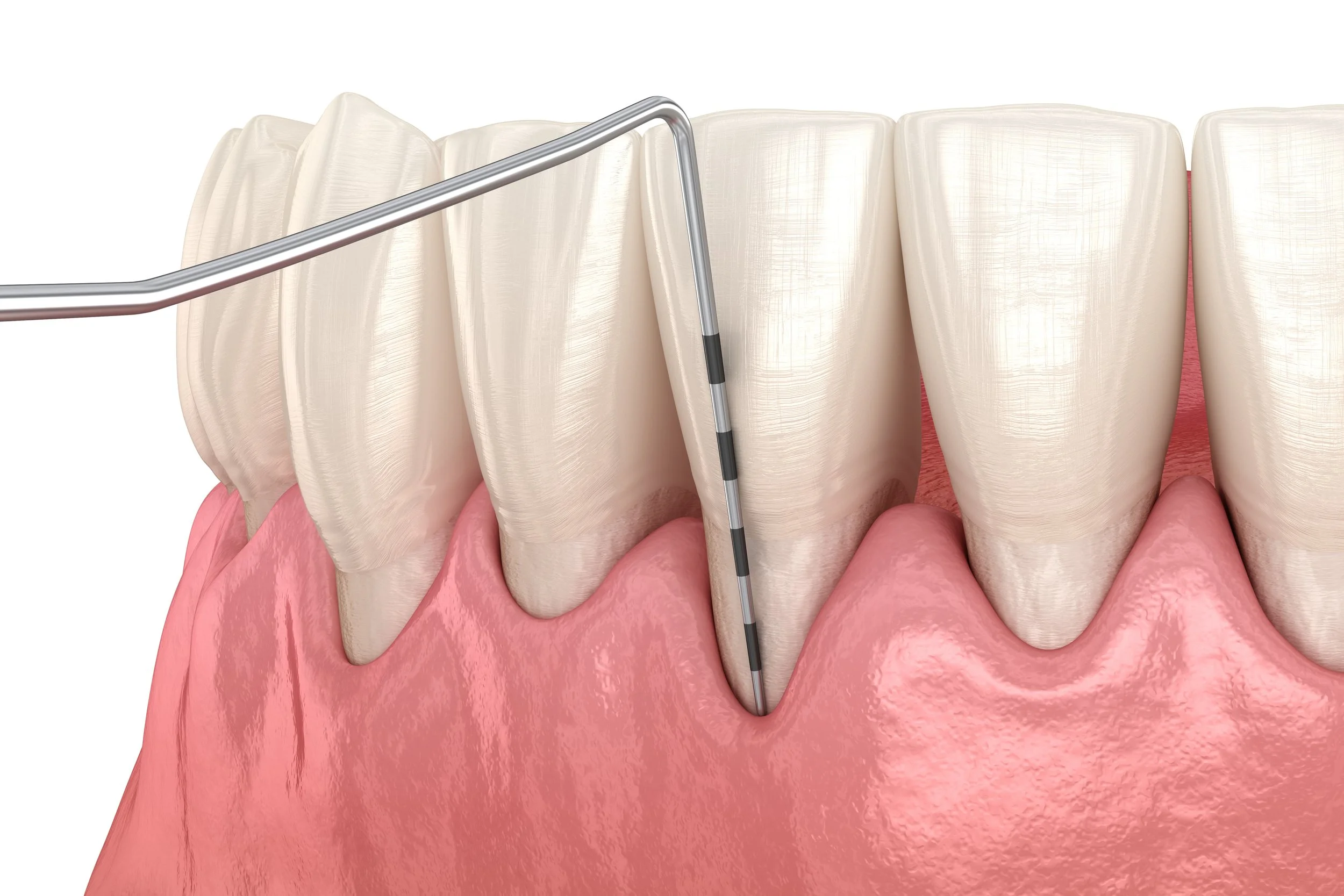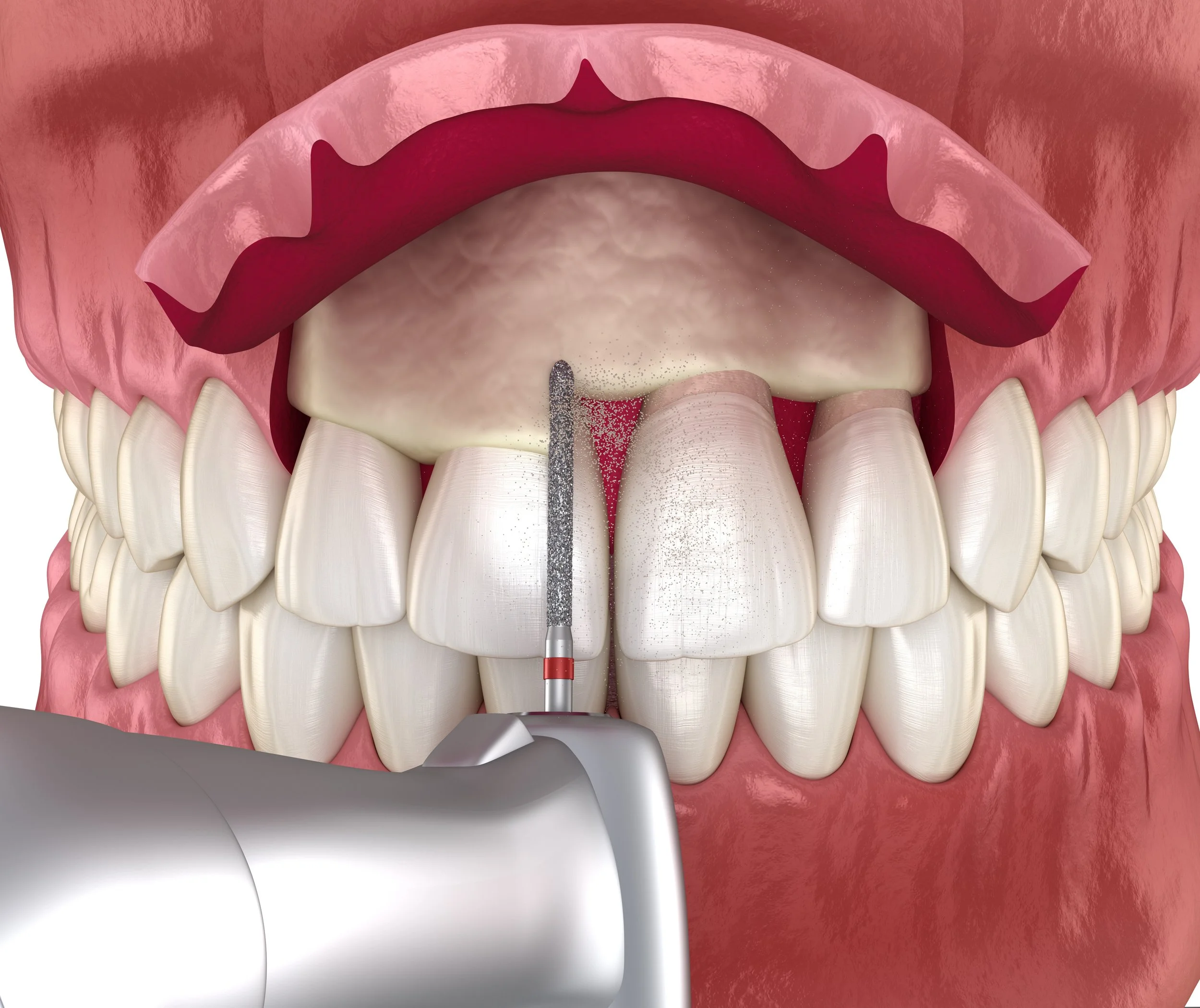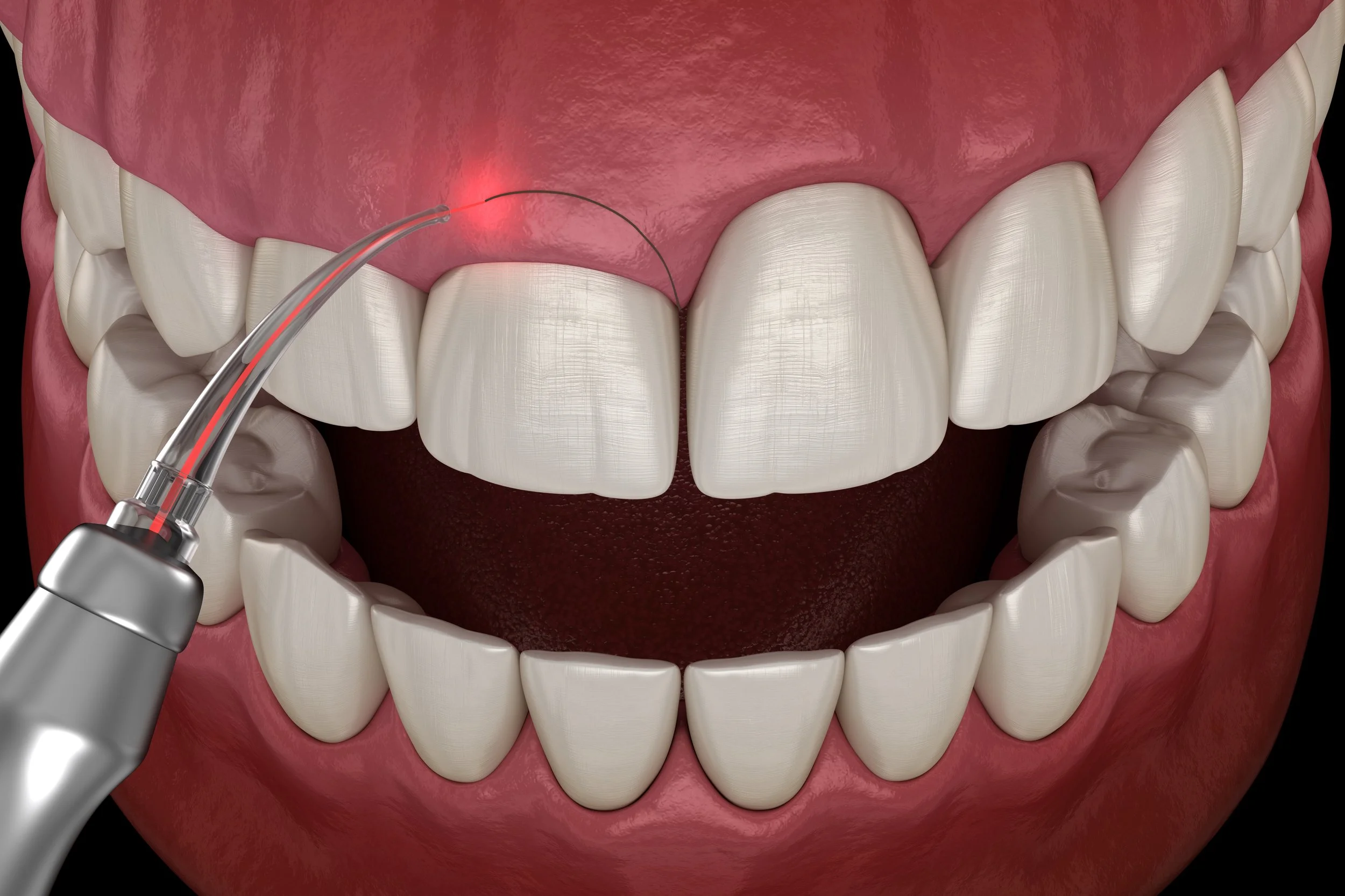Surgical procedures
-
![Gum Grafting Mt. Pleasant ; Mt. Pleasant Periodontics; Dentist Mt. Pleasant; Dental Care Mt. Pleasant; Dr. Amanda Morris; Mt. Pleasant Dentistry]()
Gingival Grafting
Gum recession often happens in areas where there is inadequate gum, which often results in an “exposed” root. This root is often sensitive to cold and dental cleaning. An exposed root is a root that is not protected by the enamel and conducts painful stimuli to the nerve of the tooth. The root often is darker in color and notched at the gum line.
Exposed roots have more risk for decay and without treatment, the root can become even more exposed. Dr. Morris uses gum grafting to protect the root as well as to provide stronger gum support. The donor gum is obtained from a tissue bank or from the patient. Better root protection, less sensitivity, improved appearance and ease of cleaning are the goals of this procedure.
-
![Periodontal Surgery Mt. Pleasant; Gum Grafting Mt. Pleasant ; Mt. Pleasant Periodontics; Dentist Mt. Pleasant; Dental Care Mt. Pleasant; Dr. Amanda Morris; Mt. Pleasant Dentistry]()
Periodontal Surgery
This is a surgical procedure that involves surgical reflection of the gums to access the infection and affected bone. The outcome is to eliminate the deep pockets that form around the teeth due to bacterial growth below the gum line. In some instances, bone can be grafted if extra support is needed. Dr. Morris uses specific proteins, or Growth Factors, to stimulate the bone to heal.
-
![Crown Lengthening Mt. Pleasant; Periodontal Surgery Mt. Pleasant; Gum Grafting Mt. Pleasant ; Mt. Pleasant Periodontics; Dentist Mt. Pleasant; Dental Care Mt. Pleasant; Dr. Amanda Morris; Mt. Pleasant Dentistry]()
Functional Crown Lengthening
This type of crown lengthening is recommended when there is not enough tooth to restore with a filling or crown because of extensive decay or tooth fracture. In this case, the gums and bone are surgically positioned to expose healthy tooth structure and create a healthy environment. The crown or filling can be completed in approximately six weeks. A temporary restoration is usually placed during healing time.
-
![Crown Lengthening Mt. Pleasant; Periodontal Surgery Mt. Pleasant; Gum Grafting Mt. Pleasant ; Mt. Pleasant Periodontics; Dentist Mt. Pleasant; Dental Care Mt. Pleasant; Dr. Amanda Morris; Mt. Pleasant Dentistry]()
Esthetic Crown Lengthening
Esthetic crown lengthening is recommended when the gums are uneven, some teeth appear too short, or the patient has a “gummy smile”. The balancing of the gum line creates a natural backdrop for a beautiful smile. Some patients will have cosmetic dentistry following crown lengthening.




